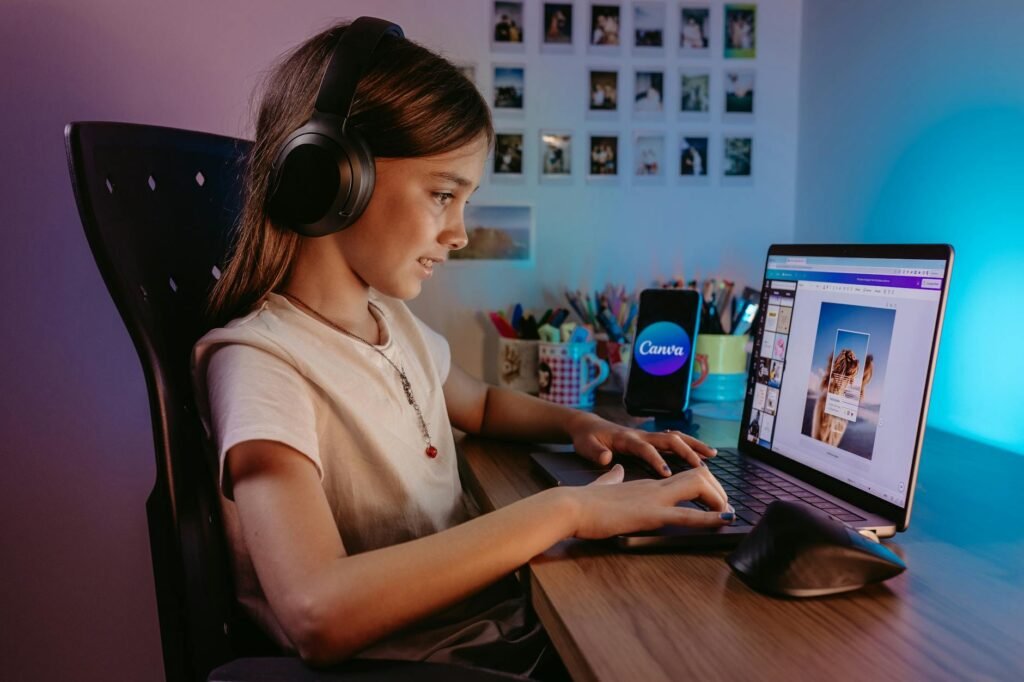In the world of search engine optimization (SEO), there are numerous factors that contribute to the success of a website. One often overlooked aspect is image optimization. In this blog post, we will explore what image optimization is and how it plays a crucial role in on-page SEO.

What is Image Optimization?
Image optimization refers to the process of reducing the file size of an image without compromising its quality. The goal is to create visually appealing images that load quickly on a website. By optimizing images, you can improve your website’s performance, enhance user experience, and boost your search engine rankings.
Why is Image Optimization Important for On-Page SEO?
When it comes to on-page SEO, optimizing images is essential for several reasons:
1. Faster Page Load Speed
Page load speed is a critical factor in both user experience and search engine rankings. Slow-loading websites frustrate users and often lead to higher bounce rates. By optimizing images, you can significantly reduce the file size and improve your website’s load time.
2. Improved User Experience
High-quality images are visually appealing and can enhance the overall user experience. However, if these images take too long to load, users may become impatient and leave your website. Optimizing images ensures that your website remains visually appealing while maintaining fast loading times.
3. Enhanced Mobile Optimization
In today’s mobile-first world, it is crucial to have a website that is optimized for mobile devices. Images that are not optimized can cause slow loading times on mobile devices, leading to a poor user experience. By optimizing images, you can ensure that your website performs well on all devices, including smartphones and tablets.
4. Accessibility and SEO
Image optimization also plays a role in improving the accessibility of your website. Optimized images are more accessible to users with visual impairments who rely on screen readers. Additionally, search engines rely on alt text, captions, and file names to understand what an image is about. By optimizing these elements, you can improve your website’s SEO and make it more discoverable to search engines.
Best Practices for Image Optimization
Now that we understand the importance of image optimization in on-page SEO, let’s explore some best practices:
1. Use High-Quality Images
While it is essential to optimize images for faster loading times, it is equally important to use high-quality images. Blurry or pixelated images can negatively impact user experience and the overall perception of your brand. Strive to find a balance between image quality and file size.
2. Compress Images
Compressing images is a crucial step in image optimization. There are several tools available that can help reduce the file size of your images without sacrificing quality. Some popular tools include Adobe Photoshop, Squoosh, and TinyPNG.
3. Use Descriptive File Names
When saving images, use descriptive file names that accurately describe the content of the image. This not only helps with image optimization but also improves SEO. Avoid generic file names like “image123.jpg” and instead use descriptive names like “blue-sunset-over-ocean.jpg”.
4. Optimize Alt Text and Captions
Alt text and captions provide additional context to search engines and users. Include relevant keywords in your alt text and captions, but make sure they are descriptive and natural. Avoid keyword stuffing, as it can have a negative impact on your SEO.
5. Use Responsive Images
Responsive images adapt to different screen sizes and resolutions, ensuring that your website looks great on all devices. Use CSS media queries or responsive image plugins to serve the appropriate image size based on the user’s device.
6. Consider Lazy Loading
Lazy loading is a technique that defers the loading of non-visible images until the user scrolls to them. This can significantly improve page load times, especially for websites with multiple images. Consider implementing lazy loading to enhance user experience and improve SEO.
Conclusion
Image optimization is a crucial aspect of on-page SEO. By optimizing images, you can improve your website’s load time, enhance user experience, and boost your search engine rankings. Follow the best practices mentioned in this blog post to ensure that your images are visually appealing, fast-loading, and accessible to all users.





